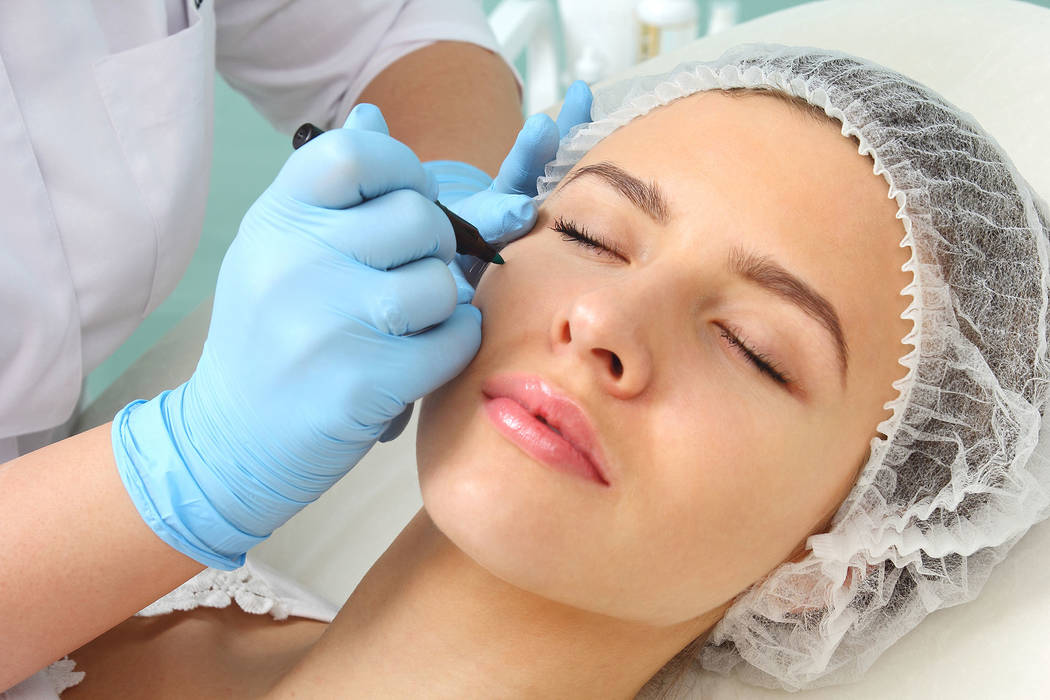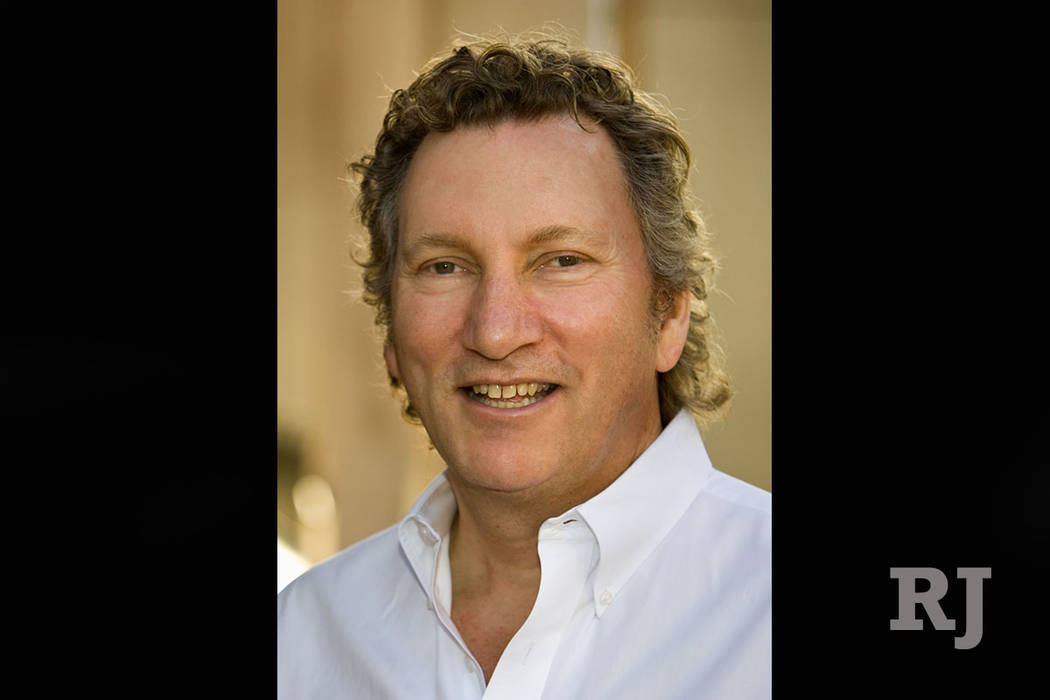Las Vegas plastic surgeon answers questions about eye issues, treatments
We asked Dr. Steven Leibowitz, who’s been in the practice of plastic surgery and ophthalmology in Las Vegas for 23 years, about some of the eye issues he treats and how people in the valley can help protect their eyes.
Review-Journal: What are the most common diseases or issues of the eyes that you treat?
Leibowitz: I am an oculo-facial surgeon, which is a combination of plastic surgery and ophthalmology.
We are a small field with just 700 members in our Society (American Society of Ophthalmic Plastic and Reconstructive Surgeons). We perform eyelid surgery for cosmetic problems (such as blepharoplasty) or functional problems such as drooping eyelids, tumors and deformities. Other facial cosmetic surgery includes forehead- and face-lifting. We also perform surgery on the orbit, which refers to the bones surrounding the eye for Graves’ disease (thyroid) and tumors. We manage tearing problems including dry-eye treatment, as well as reconstruction of the tear system due to blockage.
These conditions are explained in more depth on my website, drstevenleibowitz.com.
Please give our readers some suggestions for eye care that would help prevent these diseases or issues.
Everyone should use sun protection, starting in childhood. Wear sunglasses and get your kids to wear them. The lower eyelid is the most common place in the body for skin cancer, and these cancers are 100 percent related to sun exposure. Sun exposure also contributes to an aging face, which I treat cosmetically on the face, forehead and eyelids.
Get regular examinations. Patients should see their ophthalmologist or optometrist once a year to screen for most of the conditions I treat. Also, dermatologists diagnose and often remove malignant tumors around the eyes and then send the patient to me to reconstruct the eyelids.
If there is a growth around the eyes or elsewhere, one shouldn’t wait to have it removed. If it grows, it can make reconstruction more difficult, and if it is cancer, it can spread. Tearing problems in babies should be evaluated before 10 months of age to avoid more extensive surgery later in life.
What is Graves’ disease, who does it affect most and how is it treated?
Graves’ disease is an autoimmune disease that causes over-activity of the thyroid gland, which can cause the eyes to bulge out. This creates a deformity and causes multiple problems including double vision, dry eyes and blindness in severe cases. Graves’ disease is one of my main interests, and I am part of a group of doctors and scientists working to better understand it. We hope to find better treatments or a cure so that patients can avoid surgery altogether.
I work closely with endocrinologists to treat eye problems caused by the underlying thyroid disease. While the hyperthyroidism is treated by the endocrinologist, I treat the patient to save their vision and perform orbital decompression surgery, which was pioneered in my division at the Stein Eye Institute at UCLA. These newer surgical techniques give much better functional and cosmetic results to rehabilitate the Graves’ disease patient.
Is there anything specific to the climate or culture of Nevada that causes problems that you treat?
As we all know, Nevada is a desert and it is extremely dry. Dry-eye conditions are so common and are seen in every ophthalmology and optometry practice. Most patients think they have an allergy in their eyes. While allergies are common here, most of the time it’s just a dry-eye condition. Dry eyes worsen with age, contact lens wear, Lasik (eye surgery to correct near-sightedness) and especially with an autoimmune condition, such as Graves’ disease. We have numerous new treatments for dry-eye conditions.
Unfortunately, cigarette smoking is common in Nevada. Smoking is one of the main triggers for Graves’ disease. I’m always trying to get my Graves’ disease patients into smoking cessation therapy.
You’ve been in practice for 23 years in Las Vegas. Describe the changes you’ve seen in diseases of the eyes and treatment options as well as your goals to improve care in your specialty.
My field has changed remarkably over time. Just about every surgery I do today is different than what I learned in my training at Harvard. At the Stein Eye Institute at UCLA, where I am an associate clinical professor, we are trying new techniques every day and continue to make advances in cosmetic and functional surgeries. One of the benefits of my academic appointment at UCLA is to incorporate these advanced surgical techniques for my Nevada patients instead of having to refer them to UCLA or another regional eye center.
My long-term goal is to start an eye institute in Las Vegas, patterned after the Stein Eye Institute at UCLA. We have many fine physicians in Las Vegas, but I believe our community should someday have its own premier academic eye center. Now that we have a medical school here, my dream is closer to reality.
If you are a medical professional who would like to be considered for this feature, please send an email with your name, a brief description of your expertise and your contact information to health@reviewjournal.com.






























